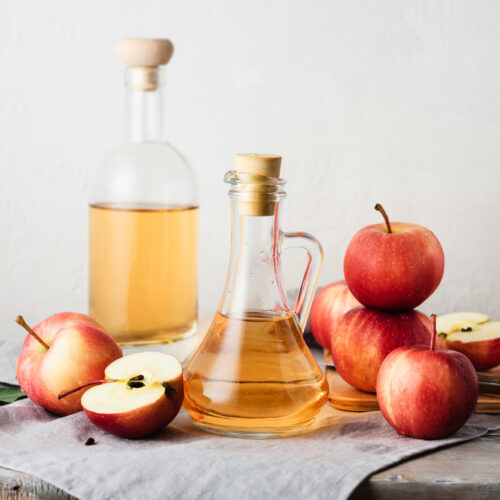
Peanut allergy in infants has decreased, in the wake of international guidelines changing to recommend parents introduce peanut products to babies’ diet within their first year of life, according to new research.
The changes to food allergy guidelines, introduced in 2016, has seen a 16 per cent decrease in infant peanut allergy prevalence, the Australian study shows.
International infant feeding guidelines now recommend the introduction of peanut and other allergenic foods before 12 months, a change from some previous guidelines recommending holding off on those foods until age 1-3 years.
Peanut consumption by 12 months increased from 28 per cent to 89 per cent in the 10 years to 2019, which may have halted the rise in peanut allergy, the study found.
Study co-author Jennifer Koplin says peanut allergy prevalence continues to be high, despite the decrease noted in this research.
How to introduce solid foods for allergy prevention
Updated guidelines from the Australasian Society of Clinical Immunology and Allergy (ASCIA) recommend smooth peanut butter can be introduced from around six months (and by 12 months) of age, even in high-risk infants.
ASCIA recommends introducing solid foods around six months of age (not before four months) when your baby is ready, while continuing to breastfeed.
It says delaying the introduction of allergenic foods has been shown to increase the chance of developing food allergy.
Common allergenic foods, including well-cooked egg, smooth peanut butter, dairy, tree nuts (in a paste or butter) sesame, wheat and fish and other seafood, can be introduced in small quantities, at first. Give them in an age-appropriate form (no hard lumps that could cause choking).
To be extra cautious, you might want to try rubbing a small amount of the food inside your baby’s lip, before introducing it to their food, if there is no allergic reaction.
Then, try mixing ¼ teaspoon of peanut butter into your baby’s usual vegetable puree. If there are no reactions, you can increase to ½ a teaspoon, next time.
Once a food is introduced, and has not created a reaction, try to give it regularly (twice a week) to maintain tolerance.
What an allergic reaction looks like
If an allergic reaction occurs it will likely be soon after giving the food and involve swelling of lips, eye or face, hives, vomiting or baby being unsettled. If any of these symptoms occur stop giving the food and seek medical attention.
Article sources and references
- Victoria Soriano Rachel Peters, et al. Has the Prevalence of Peanut Allergy Changed Following Earlier Introduction of Peanut? The EarlyNuts Study. The Journal of Allergy and Clinical Immunology,February 01, 2021https://www.jacionline.org/article/S0091-6749(20)31772-3/fulltext#
- Decrease in peanut allergy among infants after guideline changes. Scimex, accessed March 2022https://www.scimex.org/newsfeed/decrease-in-peanut-allergy-among-infants-after-guideline-changes
- Parent Information: Frequently Asked Questions (FAQ) How to Introduce Solid Foods For Allergy Prevention. ASCIA, accessed March 2022https://www.allergy.org.au/images/pcc/ASCIA_PCC_How_to_introduce_solid_foods_FAQ_2018.pdf
www.healthyfood.com










